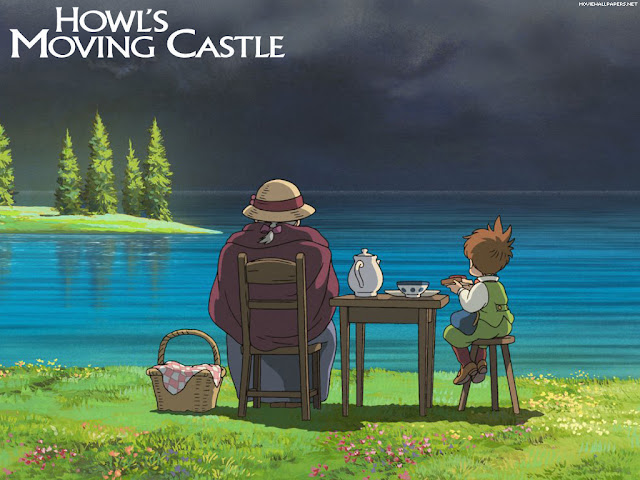Since the invention of the compact disc there has been an increasingly large amount of beautiful, creative, and evocative album artwork. The way I see it, the artwork has a distinct job to do: pique the interest of the browsing music enthusiast, and match the music so that, once bought, the listener can relate to the artwork. Ever since I turned 12 my music collection has grown exponentially, and therefore with many more album covers to appreciate and view. I'd like to present and discuss 3 of the 715 albums that I've accumulated over the years, how they're relevant, and how they've affected me.
Homesick by A Day to Remember
Homesick is the first A Day to Remember album I had ever heard, and I have to say it proved to be a great introduction to their amalgam of pop, rock, and post-hxc. The reason I initially picked up the album was due to the intriguing cover design, thus making it extremely relevant to me. The cover takes the term "the light at the end of the tunnel" quite literally and makes it into a life or death situation, or perhaps just an extreme metaphor for life itself. We have to ride life out despite what may be in store for us in our truculent, dark tunnels, but at least we always know that there remains a light at the end.
Yet, not only can one relate to the ultimate message of the cover, one might also notice upon listening to the tracks on the album that the musical structure actually takes a similar path as the album cover. Many of the tracks start out with light, pop-punk vocals, and quickly move into more brutal ones that greatly contrast one another.
In Rainbows by Radiohead
Unfortunately, I did not find out about the genius of Radiohead until early last year, but once I did I became enamored. Radiohead's album In Rainbows mixes mellow tracks with great ethereal and airy tracks that, strangely, mesh together perfectly. Before I say anything further, start listening to this song, it's really good. I promise (and no screaming this time). http://www.youtube.com/watch?v=TNRCvG9YtYI
Okay, now that you've listened to it/are listening to it, you'll notice how light every single layer of the song is, drums and all. I feel like this song greatly encompasses the feel of the entire album Radiohead has created, and goes well with the artwork. And as for the artwork itself, this was my first Radiohead album as well since I was intrigued by this cover. ThIn addition, the explosions of paint give the cover a sort of vibrant feel with all of the warm colors and cool colors overlapping, but still enmeshing, just like the tracks on the album.
On Letting Go by Circa Survive
Last, but most definitely not least, is an album from one of my favorite bands, Circa Survive. I feel that their music is pretty much the epitome of all things ethereal, and their album covers are no different.
On Letting Go is an album about coping with loss, whether it be the loss of a parent, the loss of a friend, or the loss of a lover. The slow progression in the song you're (hopefully) listening to right now is intended to mimic or encompass the flow of emotions immediately following a great loss. That's one of the many reasons I love CS so much, their music is more than music, it's more than thought, it's art.
The album artwork depicts someone who is so despondent after a loss they've separated themselves from everyone around them, and even the ground or earthliness. In addition, we can see a storm coming up over the horizon, ready to ground this despondent individual.
In my opinion of course, the album artwork is beautiful, and fits the music perfectly.
I hope you enjoyed at least one of those album covers, even if you didn't like the music, and thanks to those of you who read and listened to this!











































